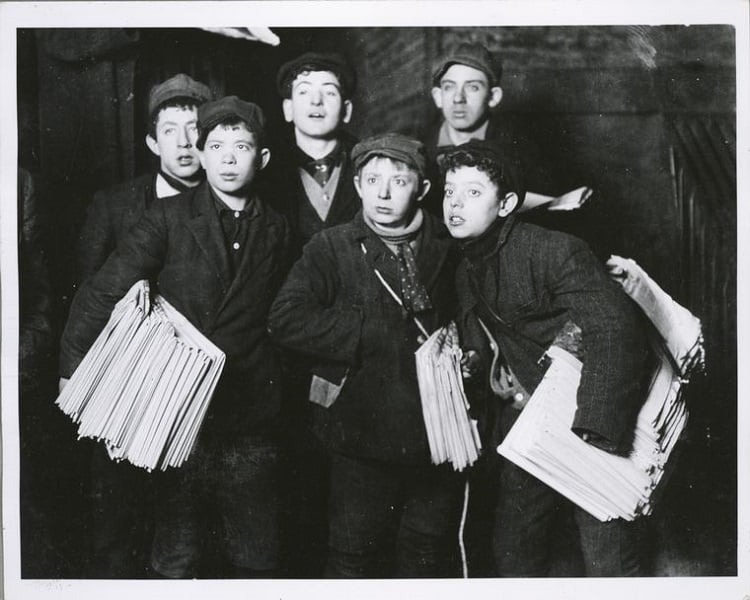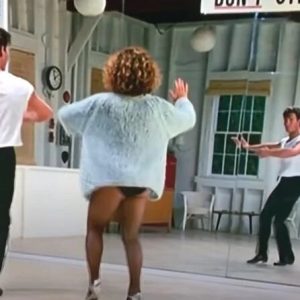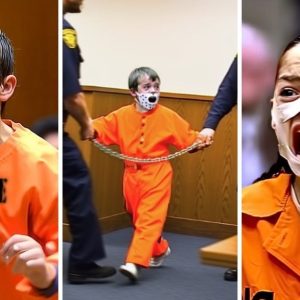The Photographer Who Helped End Child Labor in America
In the early 1900s, photographer Lewis Hine played a crucial role in exposing the harsh reality of child labor in the United States. In 1908, he became the official photographer for the National Child Labor Committee and spent the next decade traveling across the country—from New York and Pennsylvania to the Carolinas—capturing powerful images of children working long hours in dangerous and exhausting conditions.
But Hine wasn’t just documenting what he saw—he had a mission. His goal was to help end child labor. At the time, business owners made large profits by employing children and resisted any laws that would protect young workers. Many of them ignored existing labor laws entirely and wanted to keep cameras far away.

To get inside factories, mills, and canneries, Hine often had to use disguises and false identities. He risked arrest and even death threats just to capture the truth. Factory managers and police frequently tried to stop him, fearing that his photos could lead to public outrage and government action.
Despite these dangers, Hine continued his work. He shared his photos widely—in magazines, pamphlets, public lectures, and exhibitions. His haunting images of tired, injured, and underfed children sparked a national conversation and helped push lawmakers to pass stronger labor protections. Thanks in large part to his courage and determination, America began to turn the page on one of its darkest labor practices.






